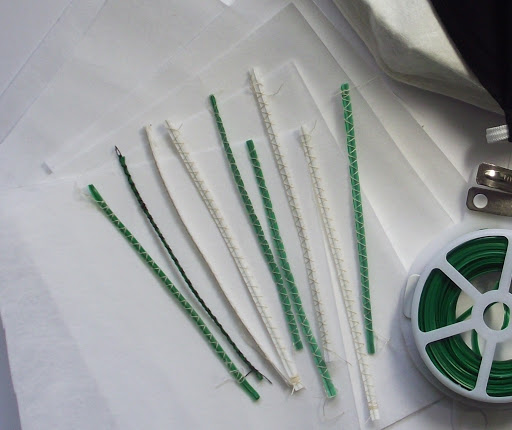You are all probably growing tired of seeing all the mask tutorials circulating online, but I think we are gonna be wearing them for quite some time. So, why not have a design that is easy to make, functional and great fitting. I am not doing a tutorial here....instead, I am going to direct you to the site of the amazingly talented Judy Coates Perez where she has posted a wonderful step by step tutorial, includes a link to a video by the original designer and as an added bonus, Judy has designed fabulous fabric that you could purchase to make these masks (each one is her incredible artwork)
I have made a few in this design and I have to say they are the best fitting yet, the shape gives you more breathing room and allows for a much better fit on the face. I originally made masks fashioned after the pleated medical type.....I like this newer design so much better. I followed the instructions but I did make a couple of modifications.
for the nose wire.....I have been using twist ties. but sometimes they are pretty flimsy so I get around that by putting 2 or 3 (depends on what I feel it needs) together and then doing a zig zag stitch over top to keep them all together to serve as one solid bit.
this design also makes the masks reversible.....so you can use a vivid fabric print on one side and something a little more subdued on the other. wear the one that matches your mood (or situation) that day. of course, be sure its been washed before switching it out.Currently it can be difficult to avoid both news about Covid-19 and politics......while I strive to stay informed, I decided I also needed to find something positive to focus my attention on. Back in the spring I joined Anna Mason's School of Art. I have been working though a variety of skill building lessons
I thought I would show you my most recent paintings. This one was a lesson on how to handle painting glass.
and this Rose is an "advance" level lesson. I was concerned that I might not be ready for the complexities of this one, it took me a very long time, I worked slowly trying to capture the detail. I love that you can loose yourself and shut out the rest of the world as you put brush to paper
































